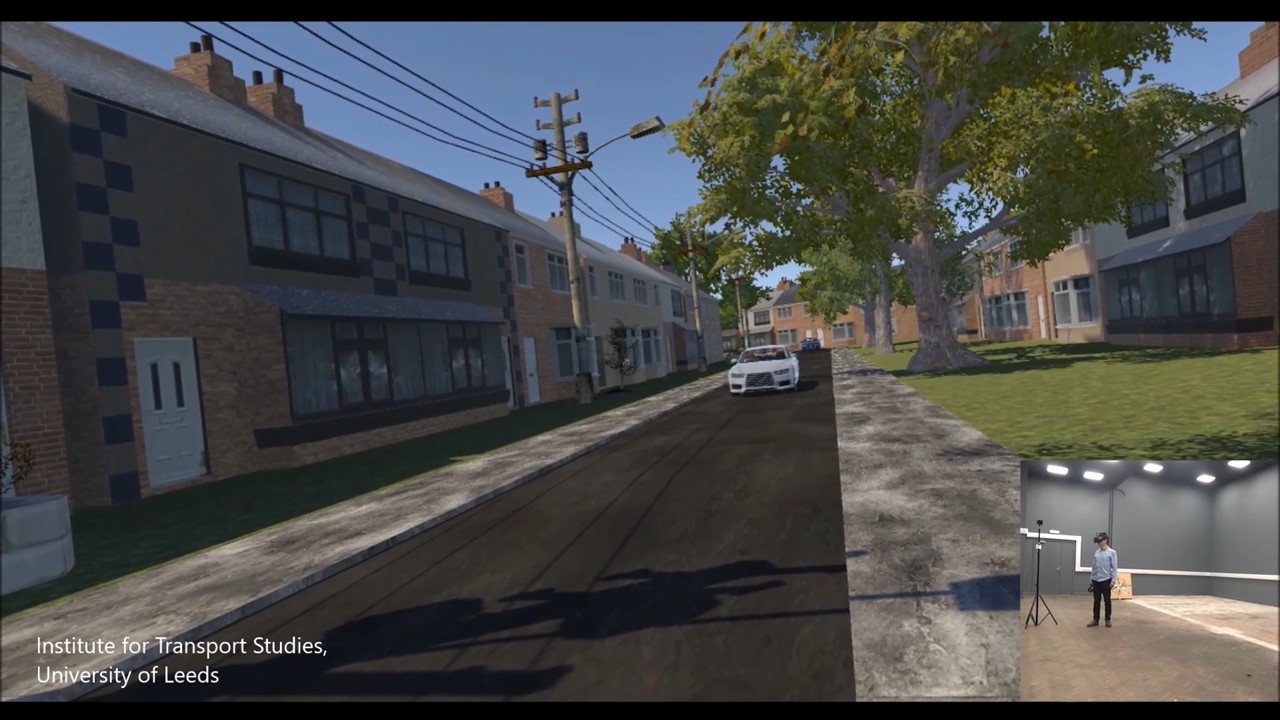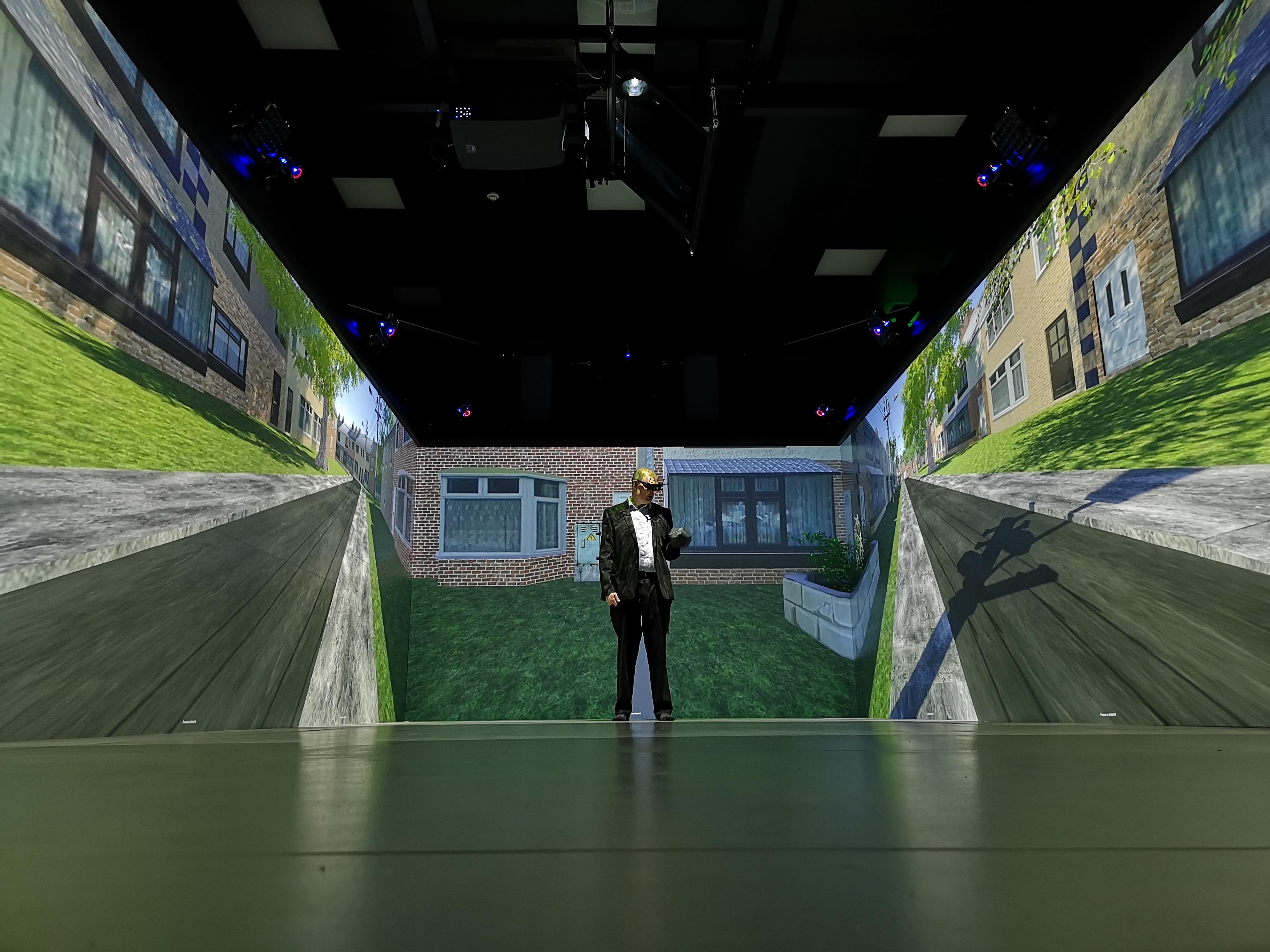About SHAPE-IT
SHAPE-IT, short for Supporting the interaction of Humans and Automated vehicles: Preparing for the Environment of Tomorrow, is a Innovative Training Network (ITN) project that has received funding from the European Union’s Horizon 2020 research and innovation programme under the Marie Skłodowska-Curie grant agreement 860410.
The project has a duration of four years starting October 1st 2019. Fifteen PhD-students perform research in the project, together with their academic and industrial supervisors.
The overall goal of SHAPE-IT is to enable rapid and reliable development of safe and user-centred automated vehicles (AVs) for urban environments. Vehicle automation has been identified as a game-changer in transport, promising substantial reductions in road-traffic fatalities while improving mobility. However, the processes to integrate automation in transport have been primarily technology-focussed, with insufficient consideration given to how users both inside and outside of the AVs will interact with AVs.
Main objective
The main objective of SHAPE-IT is to facilitate the safe, acceptable (and, ideally, desirable) integration of user-centred and transparent AVs into tomorrow’s mixed urban traffic environments, using both existing and new research methods, designing advanced interfaces and control strategies. To realize the objective, the research in this project spans three complementary facets of AV/human factors research:
- Understanding the behaviour of different road-users (inside and outside AVs) when interacting with AVs, investigating cognitive processes, predictability, trust, acceptance and safe interaction in initial and long-term AV exposure.
- Researching the best design strategies for interfaces used for communication and interaction between AVs and humans (inside and outside AVs).
- Integrating knowledge on human/AV interactions into models to perform prospective mixed traffic AV safety assessments.
As AI is a core technology for AV development, this ETN will also seek to integrate the knowledge of human factors with that of AI in AV development, reducing the gap between human-factors and AI scientists and AV software developers. The main educational aim of this project is to deliver a future generation of human factors researchers with an excellent multidisciplinary (cognitive and behavioural psychology, human factors, computer science, and engineering) education in human factors experimental and modelling methods, human-AV interaction, safety analysis and AV design.





